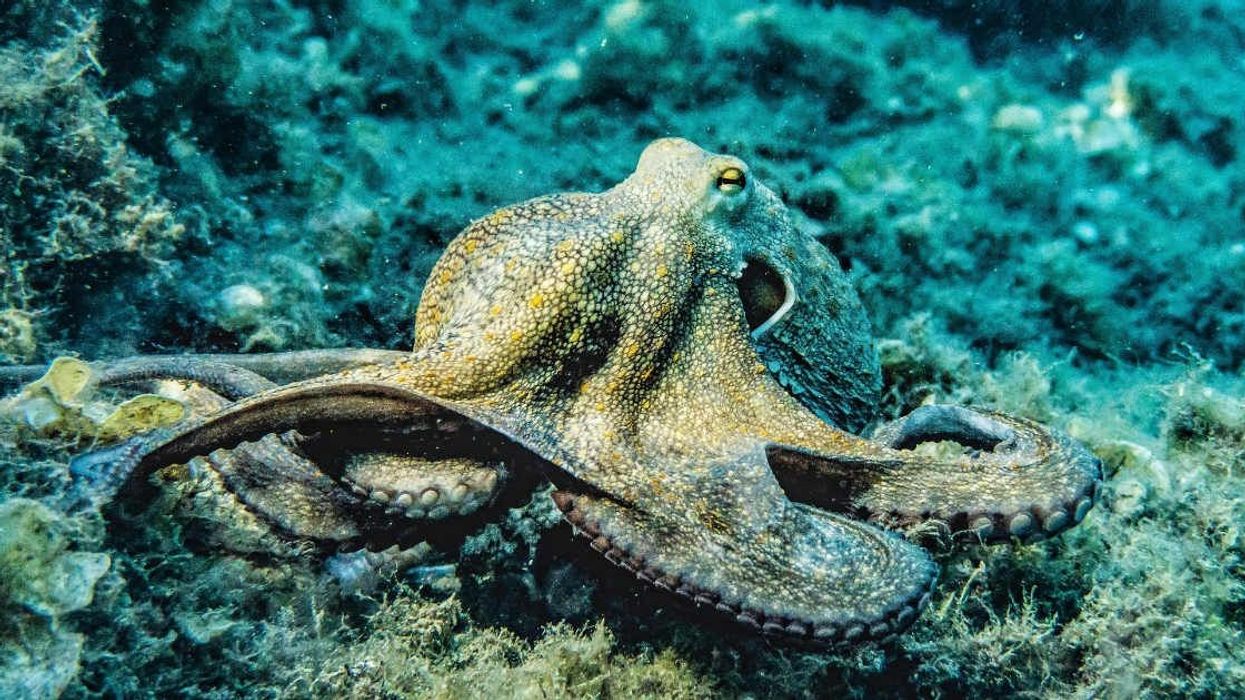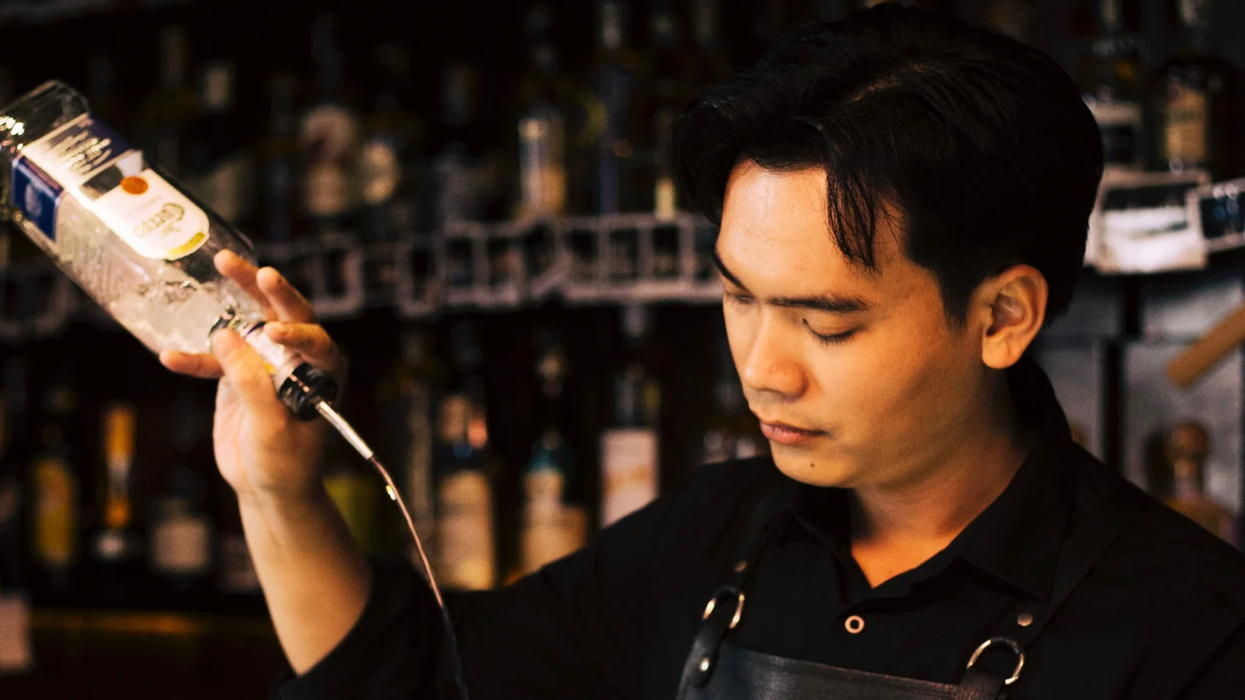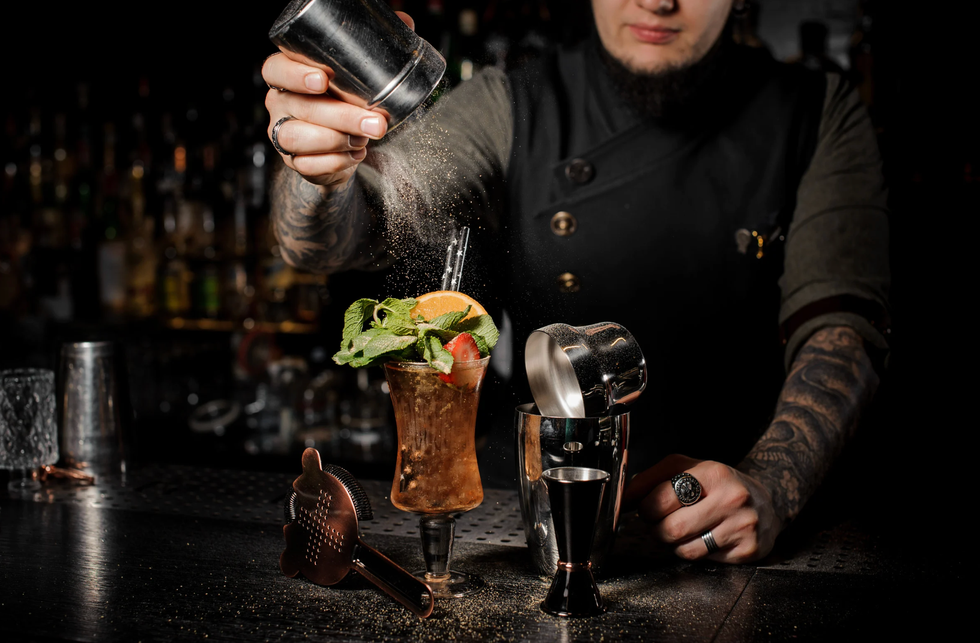Over the course of one year, I chronicled my creative journey at the helm of Noma, my restaurant in Copenhagen, Denmark, by writing a journal to accompany my second cookbook. Here is an exclusive excerpt about trash cooking.
The frost is crippling. The wind is blowing from the east and our dear green plants are suffocating in the snow, left to die. We should have known—it’s like this every FUCKING YEAR. The moment we convince ourselves that winter’s over, it knocks us down again, the icy shards biting into our faces as we cycle to work. It just pisses you off, the stupidity of everything gone wrong. “Calm down René,” I had to tell myself; my blood was rising as I got changed and I fantasized about choking one of the weather gods. With almost no products to work with, we tried to tackle some broader concepts that could nudge us forward; we were searching for a way to outwit this fiendish winter.
Trying to harness some of our creative processes, as this journal is meant to do, makes me reflect a bit more about how the situations we’re in affect our thinking. It occurs to me that one of the constant themes of winter, year in and year out, is waste. Because we have so little to work with, what we throw in the bin causes us real pain. We’ve made fun of it so many times, “cooking out of the trash bin,” but it was always meant to be a joke, even though for ethical reasons I love the idea of wasting nothing. But for it to actually become a guide for deliciousness, you have to restrain yourself, for it can take you down some unconventional paths.
All the guys in the test kitchen perked up when I said, “Trash cooking, people. I’m not saying this as a joke anymore—why don’t we let it steer us?” A project where we build dishes out of the refuse that would normally find its way to the dumpster: vegetable peelings, meat trimmings, things like that. Remember those Tom and Jerry cartoons you used to watch (or still do if you have children): Tom will suck the meat of a fish with gusto, but the head is always left behind. Even a cat throws out a fish head in the western world.
We peeled the skin from the cod heads. They looked bizarre and outlandish, but also mesmerizing. One of the interns laid a leftover cod-head skin, the fish face, in the dehydrator to make a cod-head mask. He’s from California; so, somehow, we feel it’s OK. The head was roasted in the smoker with birch wood, at a very low heat. The cod head contains some of the tastiest parts of the fish, the jaw, tongue and chin, all better than the fillets. But the real gem was a surprise to all of us: it sat just under the eye, a small strip of meat with a sublime texture and flavour. Not discerning the trash is a good reminder not to be too complacent. Our inherited culinary ideology defines which types of foods are considered luxurious enough to grace the dining rooms of the most respected restaurants. A tiny group of “elite ingredients” still seem to make some diners happy everywhere. That’s over for me. My friend and culinary prodigy Daniel Patterson, chef at Coi in San Francisco, wrote a great article in Financial Times called "Carrots are the New Caviar." The moral was that all ingredients have the same worth. I believe that’s true. Now all we have to do is shake off some of the traditions we’ve been carrying around, the dying relics that are waiting to be finished off. A beautiful quotation comes to mind: “I’d rather have a good sardine than an OK lobster.”—Ferran Adrià.
Photo by Ditte Isager

















 Screenshots of the man talking to the camera and with his momTikTok |
Screenshots of the man talking to the camera and with his momTikTok |  Screenshots of the bakery Image Source: TikTok |
Screenshots of the bakery Image Source: TikTok | 
 A woman hands out food to a homeless personCanva
A woman hands out food to a homeless personCanva A female artist in her studioCanva
A female artist in her studioCanva A woman smiling in front of her computerCanva
A woman smiling in front of her computerCanva  A woman holds a cup of coffee while looking outside her windowCanva
A woman holds a cup of coffee while looking outside her windowCanva  A woman flexes her bicepCanva
A woman flexes her bicepCanva  A woman cooking in her kitchenCanva
A woman cooking in her kitchenCanva  Two women console each otherCanva
Two women console each otherCanva  Two women talking to each otherCanva
Two women talking to each otherCanva  Two people having a lively conversationCanva
Two people having a lively conversationCanva  Two women embrace in a hugCanva
Two women embrace in a hugCanva 
 A reddit commentReddit |
A reddit commentReddit |  A Reddit commentReddit |
A Reddit commentReddit |  A Reddit commentReddit |
A Reddit commentReddit |  Stressed-out employee stares at their computerCanva
Stressed-out employee stares at their computerCanva
 Who knows what adventures the bottle had before being discovered.
Who knows what adventures the bottle had before being discovered. 
 Gif of young girl looking at someone suspiciously via
Gif of young girl looking at someone suspiciously via 

 A bartender makes a drinkCanva
A bartender makes a drinkCanva